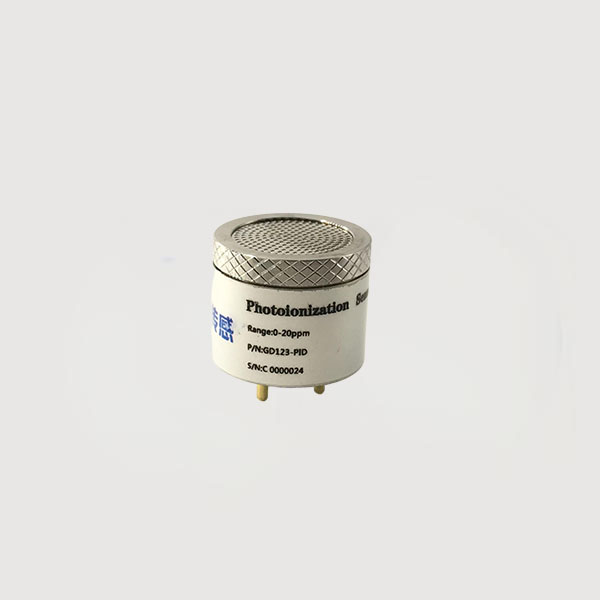

 News
News Industry News
Industry News1. What is a PID sensor?
Photoionization Detector is a high-precision gas sensor that ionizes gas molecules with ultraviolet light to detect volatile organic compounds (VOCs) in the range of 0.1ppb~10000ppm, such as benzene, formaldehyde, ethylene, etc.
| Detection technology | Detection range | Response time | Typical applications |
| PID sensor | 0.1ppb and above | <3 seconds | Chemical leak monitoring |
| Semiconductor sensor | 1ppm and above | 30 seconds | Home air quality |
| Electrochemical sensor | 50ppm and above | 15 seconds | Toxic gas alarm |
2. Core advantages of PID sensors

1. Ultra-high sensitivity
Can detect ppb-level benzene series (such as benzene ≤ 0.1ppm, exceeding the national standard GBZ 2.1-2019 limit)
Applicable to harsh environments such as petrochemicals and semiconductor plants
2. Broad-spectrum detection capabilities
Covering 500+ VOCs (ionization energy < UV lamp energy can be detected)
Common detection gases:
Benzene series (benzene, toluene, xylene)
Halogenated hydrocarbons (trichloroethylene, carbon tetrachloride)
Ketones (acetone, butanone)
3. Anti-interference design
Built-in water vapor compensation algorithm (humidity effect < ±3%)
Prevent high-concentration gas shock (automatic range switching)
3. Working principle of PID sensor
Ultraviolet light irradiation: 10.6eV ultraviolet light bombards gas molecules
Ionization reaction: VOCs molecules lose electrons and become positive ions
Current detection: ions form current between electrodes, the higher the concentration, the greater the current
4. Typical application scenarios
1. Industrial safety monitoring
Petrochemical industry: Tank area/pipeline leakage detection (compliant with SH 3063-2021 standard)
Printing workshop: Real-time monitoring of benzene series (connected to PLC automatic exhaust system)
2. Environmental law enforcement
VOCs unorganized emission detection (HJ 604-2017 method)
Pollution tracing: Quickly locate the leakage point with a portable PID detector
3. Laboratory analysis
Emergency detection: Toxic gas screening at the accident site
Scientific research experiment: VOCs release monitoring during the reaction process
5.Selection Guide
| Parameters | Basic Grade | Industrial Grade | Scientific Grade |
| UV lamp energy | 10.6eV (measurement of benzene series) | 11.7eV (measurement of chlorinated hydrocarbons) | Adjustable (9.8-11.7eV) |
| Range | 0-1000ppm | 0-10000ppm | 0.1ppb-100ppm |
| Lifespan | 6000 hours | 10000 hours (with sleep mode) | Use permanently after calibration |
6. Precautions for use
UV lamp protection: avoid detecting H2S>100ppm gas (will cause sulfur poisoning of the lamp tube)
Regular calibration: calibrate with isobutylene standard gas every 3 months (50ppm standard gas is recommended)
Cleaning gas path: flush the sensor with high-purity nitrogen every month (to prevent particle blockage)
More deails of PID sensors, pls feel free to contact us:
ShanXi TengXing Sensor Technology Co.,Ltd
Web: www.tensensor.com
Email: [email protected]
Tel/WhatsApp: 86 18335818384